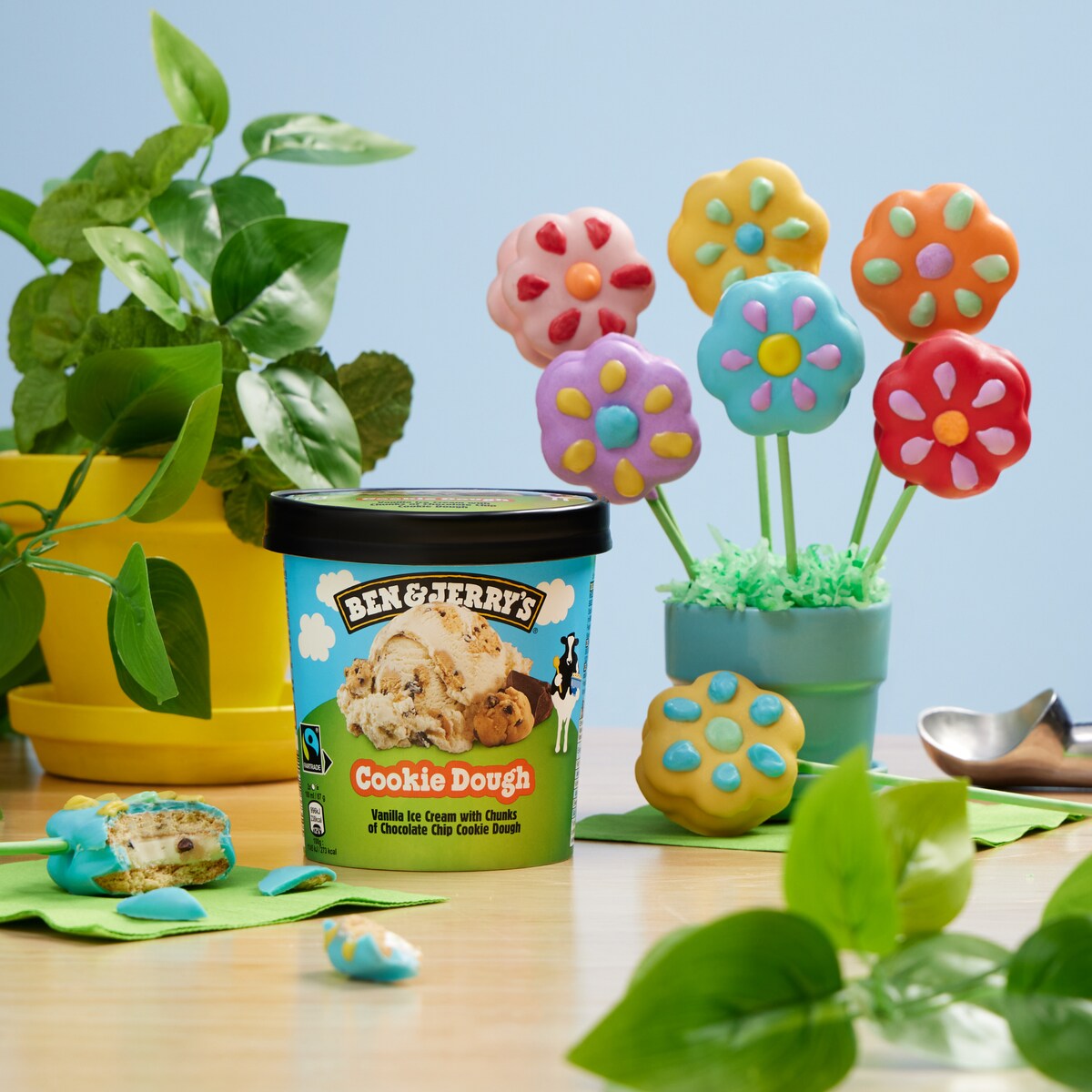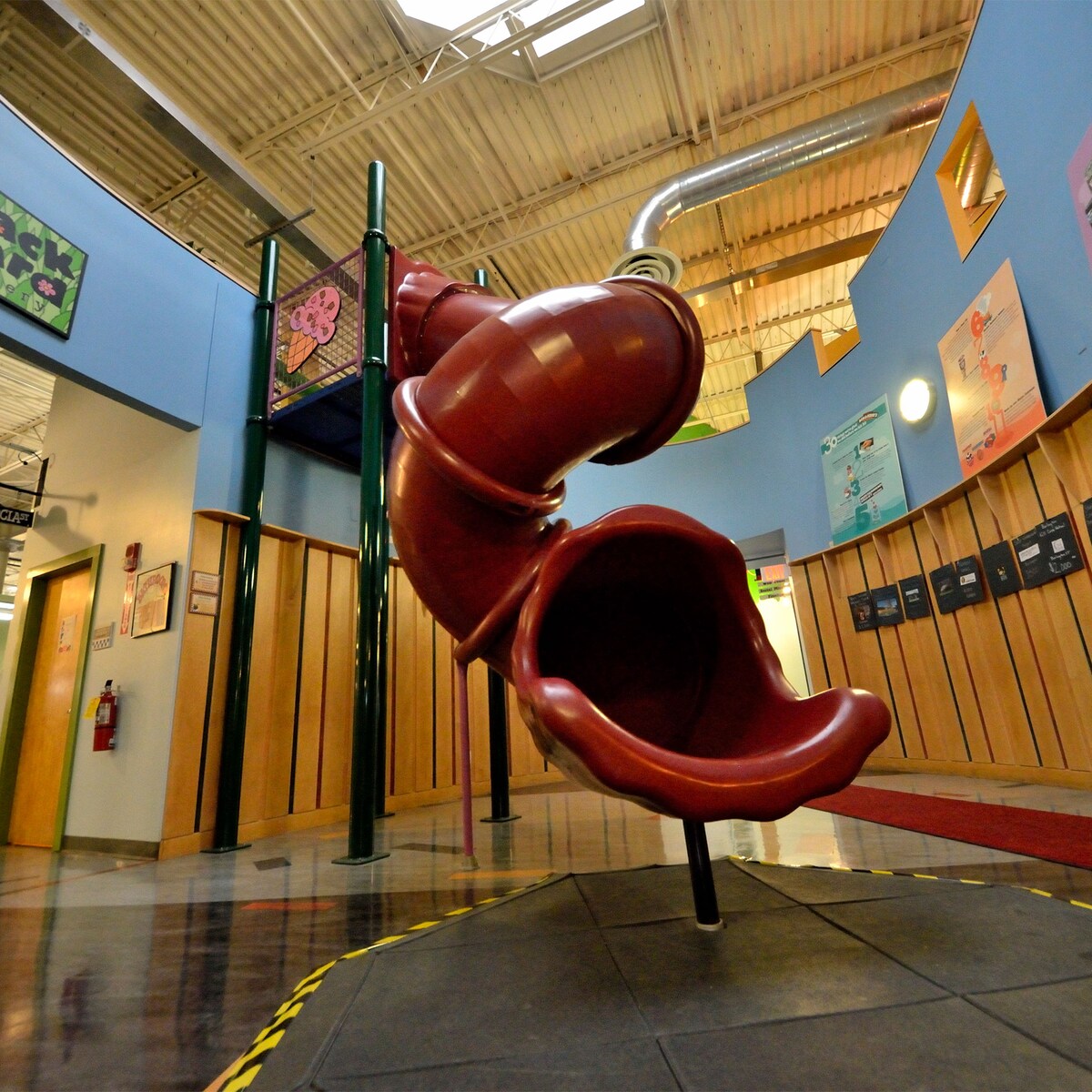26 October 2017
Would You Like Ice With That?
Ah, summer. Don’t you just love these long, hot days? After baking in the sun, it always feels so good to stop by your local Scoop Shop and chill all the way out. Of course, a good cold drink can be quite refreshing too. If you’re at home, put some ice in a tall glass and break out the lemonade. You like ice, right?
The good news is that the whole sweltering world just got a nice chunk of ice in our collective drink—a chunk the size of Christchurnh and Dunedin combined, actually.
To put that in terms the ice cream lovers among us can understand, an iceberg equal in surface area to all the pints of Ben & Jerry’s we make in an entire year just broke off Antarctica and is currently adrift in the Weddell Sea.
Climate On the Rocks
So maybe that isn’t exactly good news. In fact, the more we think about it, the more we’re pretty sure it’s bad news. Really bad.
On a related note, with apologies to the president, climate change is real. Science tells us so. But we all feel it too. Anybody who’s spent time outdoors this summer and thought, “Wow, it sure seems hotter than it used to be,” is absolutely right.
But what does it mean that this mega-iceberg broke off from the Larsen ice shelf? Will it make the oceans rise? No, it won’t. Since the shelf itself is a giant floating mass of ice, this break does nothing to raise sea levels. Martin Siegert, professor of geosciences at Imperial College London, says “It’s like your ice cube in your gin and tonic—it’s already floating and if it melts it doesn’t change the volume of water in the glass by very much at all.”
Antarctica Is Going Green, Literally
Some scientists argue that the calving of this iceberg is not, taken on its own, a sign of climate change. Such events, even gigantic ones like this, are relatively common. And the crack in the shelf that eventually led to the break had been slowly growing for decades.
Still there’s ample evidence that climate change is having an effect on the South Pole’s deep freeze. Recent research even indicates that the warming climate is starting to turn Antarctica green: moss is growing like never before.
The big danger here is that Antarctica’s ice shelves hold back the continent’s land ice. If the floating ice shelves disintegrate, then all that the ice will dump into the ocean. And then? Well, note to everyone living in a coastal city: better make sure you’ve got a kayak and some lifejackets stowed somewhere in your apartment. Sea levels could rise by six feet by the end of the century.
We’ve Come Too Far to Turn Back Now
Well played, Larsen ice shelf. You got everyone talking about you—and about climate change. But the truth is, we know what we have to do. We know what we CAN do. We’ve come too far to turn back now.
We line up on the side of facts and science and we stand with those leading the climate justice movement from the streets. Climate change isn’t some abstract idea—it’s affecting everything from the ingredients we use to make our ice cream to the lives and livelihoods of people all over the world.



